Our Clients Around Kansas City, Missouri Are Using Walls In Their Yards For These Purposes
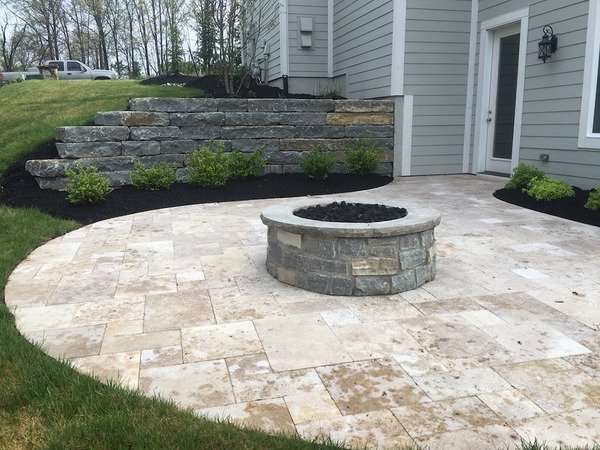
When you find out how you can use one of these walls you’re sure to get one! You can use them to create a better outdoor area for your home.
In this post, you can find out why retaining walls are important. You can also uncover what retaining walls are used for, how retaining walls work, and why retaining walls are so expensive.
The Hill Has Got To Go
“That hill’s only useful for when it snows, and that’s for sledding!” says Jennifer.
Michael huffs. “Yeah and it’s a lot of fun,” he mutters. “Then the rest of the year water runs down it and pools in what little yard we have. And it stays there for days,” complains Jennifer. “We also have little room to do anything with.”
Michael sighs. “What are you suggesting?” he asks. “Let’s get a retaining wall,” answers Jennifer. “Don’t start on that retaining wall costs and stuff just yet! Here’s an article I found on why they’re important and more,” she continues, handing him her phone.
Here’s what Michael sees:
Why Retaining Walls Are Important
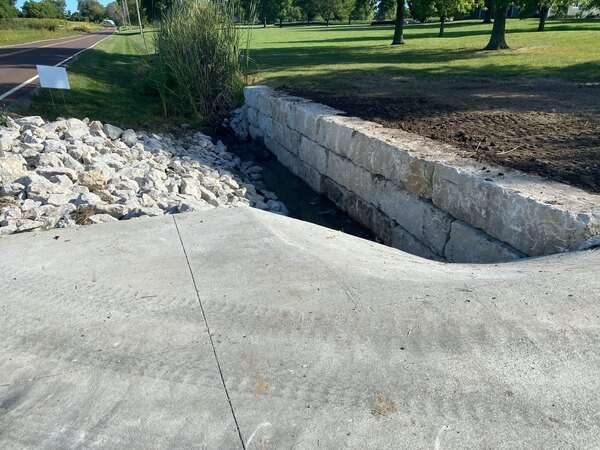
The importance of retaining walls lies in their uses. People have been using them to help with their landscaping for a long time, looks and functionality-wise.
On the non-residential side, people use them to create usable roadways and prevent erosion in nature.
Without them, landscapes and living areas wouldn’t be as we now know.
What Retaining Walls Are Used For
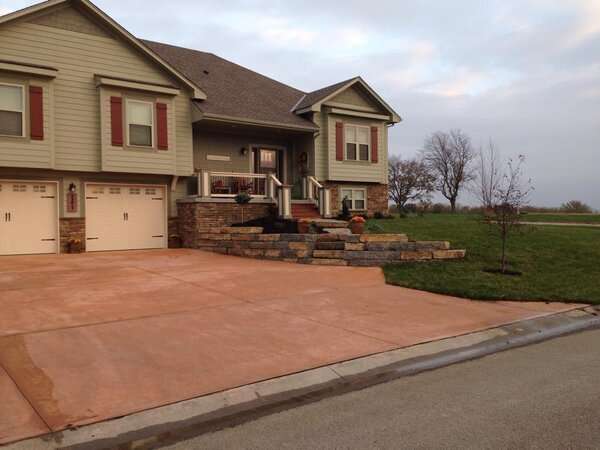
Retaining walls do three tasks very well:
- Holding soil in place. They’re great at keeping soil where it’s supposed to be. This keeps it from eroding and causing a small landslide.
- Controlling drainage. These walls are also great for helping drainage. Your yard should have little to no flooding after proper installation.
- Landscaping. You can also use them for landscaping purposes. Open up new space for kids and pets to run around in or for a new project. Create a new look for your home. Use them as a unique feature to break up the green of plants.
How Retaining Walls Work

Basically, a retaining wall works by being heavier than the soil behind it. The soil pushes on the wall but the wall holds it back. Walls can also have help from poles or an anchor.
Shorter walls do this with just the stones in front. Higher ones can use poles that go into the soil behind and/or below the wall. This gives it extra support and strength.
The strongest walls are anchored. Basically, they wrap an anchor around the bottom of the wall and put it deeper below the hill. This makes it more stable.
Why Retaining Walls Are So Expensive
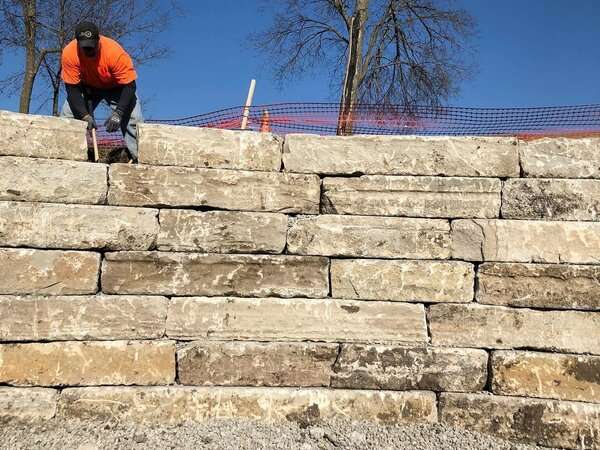
Retaining walls are expensive for a few reasons:
- Stone, wood, steel, and other building materials are expensive
- It takes some engineering and a lot of planning to build them
- The heaviness of the materials makes the work very hard, driving up labor costs
You May Also Like To Know
“Well, how about we do some more digging and see what else we can find out?” suggests Michael. Jennifer smiles. “Sounds like a great idea to me! I’ll bet other posts on this blog have something useful for us.”
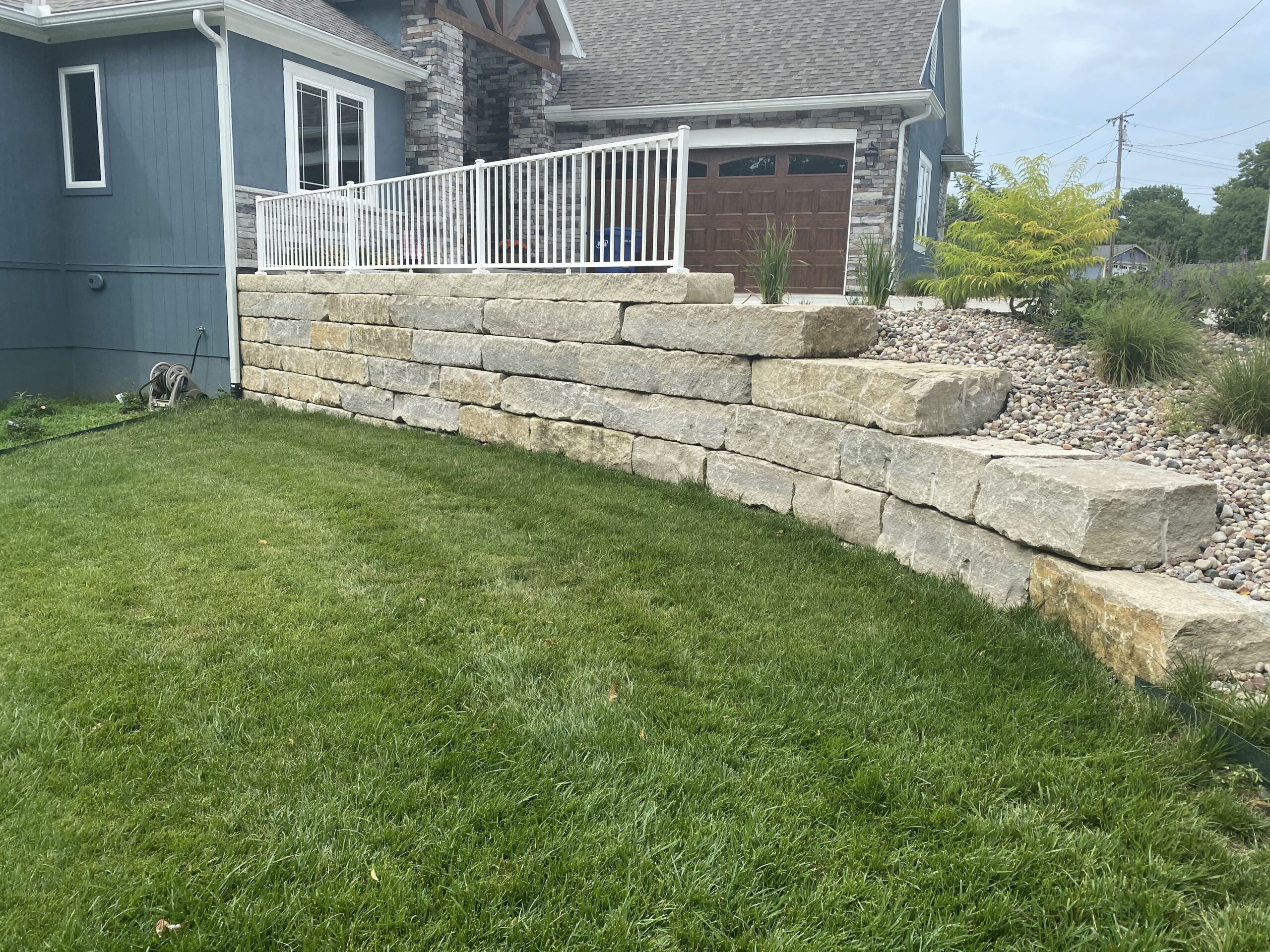
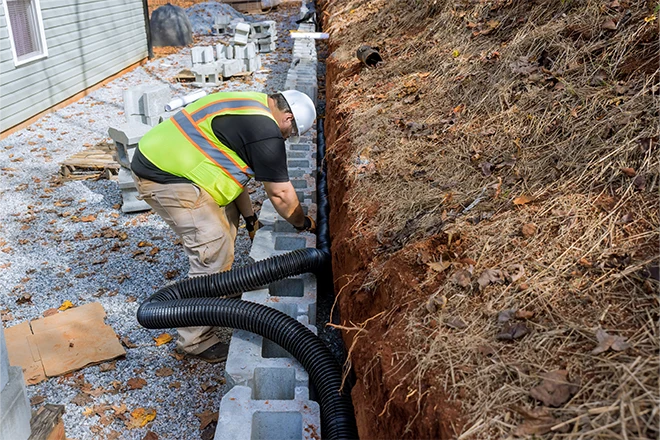


Thank you for explaining that a retaining wall can control drainage and a yard with a properly installed retaining wall will have little to no flooding. Right now my yard floods every time it rains, and I wonder if a retaining wall would help with this problem. It would be smart to consult a professional who can help me decide on the best retaining wall for my situation.